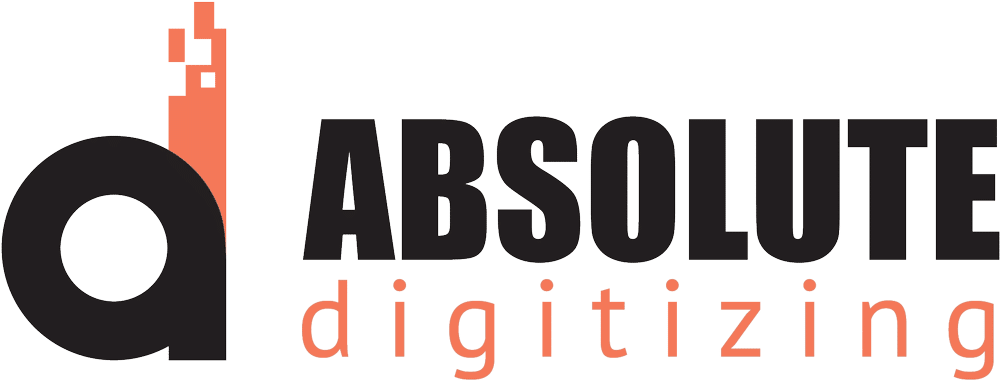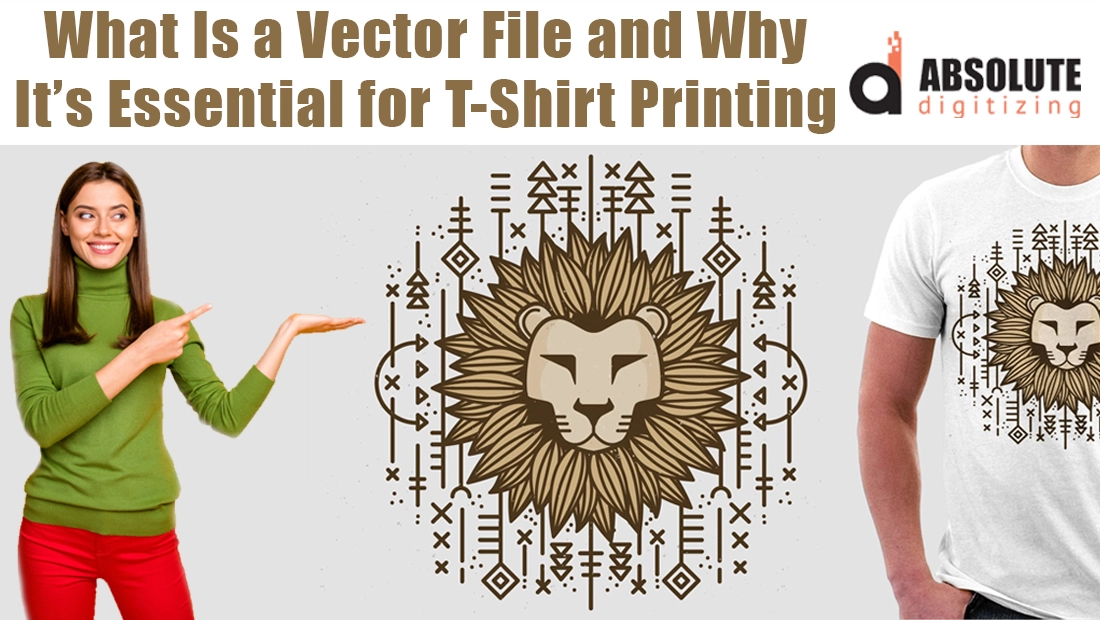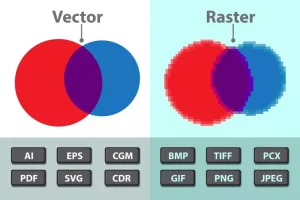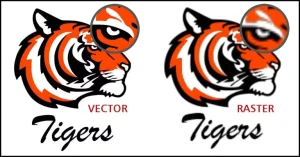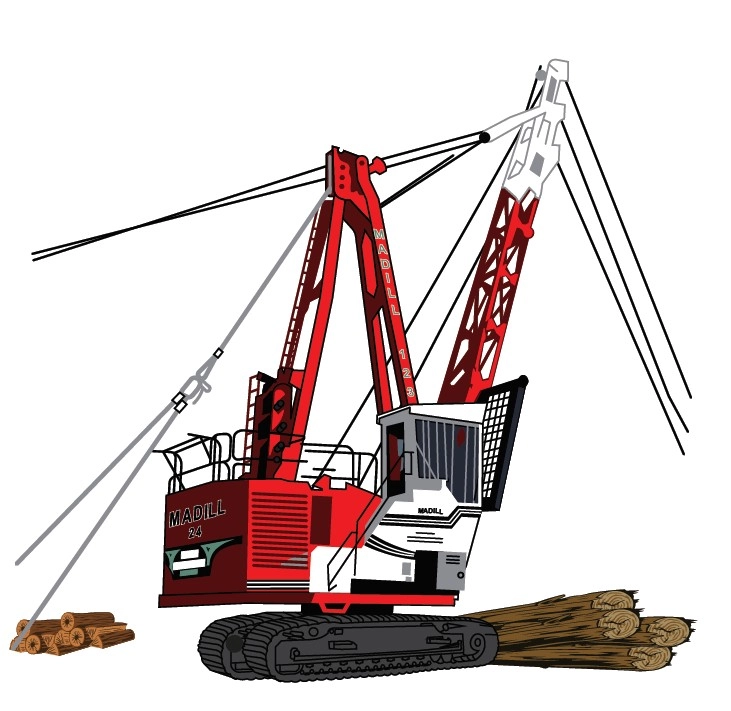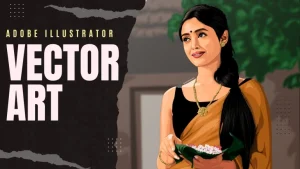A great t-shirt design can instantly catch attention, but even the most creative artwork can lose its charm if it is not sharp, clean, and properly prepared for printing. Many people upload regular images like JPG or PNG files, only to end up with blurry or faded prints that do not match what they see on screen.
This happens because raster-based images use tiny pixels that lose quality when resized.
In contrast, designers create vector files using paths and shapes instead of pixels. This lets them enlarge the design to any size without losing clarity, making vectors perfect for printing both small chest logos and large back designs.
Vector artwork is the secret behind crisp, scalable, and professional-looking T-shirt prints. The best part is that you do not have to learn complex software yourself. Hiring a professional vector tracing service ensures your design is print-ready without any trial and error.
Table of Contents
Toggle2. What Are Vector Files?
Definition and Structure
Designers create vector files using paths, anchor points, and curves instead of tiny colored pixels. Mathematical formulas define each line, curve, and shape, keeping the image perfectly sharp and smooth no matter how much it is resized.
This makes vectors ideal for printing, logos, and designs that need to look clear at any size.
Common Vector File Formats
The most widely used vector file formats include AI (Adobe Illustrator), EPS (Encapsulated PostScript), SVG (Scalable Vector Graphics), PDF, and CDR (CorelDRAW). These formats are preferred by professional designers and printers because they maintain clean edges, accurate proportions, and easily editable shapes.
Vector vs Raster Images
In contrast, raster images such as JPG, PNG, and BMP are made of pixels. When a raster image is enlarged, the pixels stretch, resulting in blurry edges and visible blocks. For instance, a small JPG logo may look clear on your computer screen but will appear fuzzy or broken when printed on a large T-shirt. A vector version of the same logo remains crisp and perfectly defined.
Why Screen Printing Machines Require Vector Files
Screen printing machines follow precise paths and outlines to apply ink accurately on fabric. Vector files provide the machine with exact shape data, ensuring smooth color separation, clean edges, and consistent quality in every print. Without vector artwork, prints may appear uneven, off-centered, or blurry.
In short, vectors are the foundation of every professional, high-quality T-shirt print.
3. Why Vectors Are Essential for T-Shirt Printing
a. Crisp and Scalable Designs
Vector files maintain perfect clarity and sharpness at any size. Whether you are printing a small chest logo or a large back design, the artwork will never look pixelated or blurry. This scalability is one of the biggest advantages of vector files because you can use the same design across multiple print sizes without sacrificing quality.
b. Easy Color Separation
Screen printing often involves multiple colors that must be printed separately. Vector artwork allows each color to be cleanly divided into layers, which makes the color separation process fast and accurate. Proper separations reduce printing mistakes and save time, ensuring that every print comes out with the right balance and alignment.
c. Compatibility with Screen Printing Software and Machines
Screen printing machines are designed to read vector paths instead of pixels. When you provide a vector file, the machine follows those exact lines and curves to apply ink precisely where it belongs. This results in consistent, professional prints with clean edges and proper registration every single time.
d. Better for Editing and Reuse
Vector files are easy to edit. You can adjust text, change colors, or resize elements without starting from scratch. This flexibility gives your artwork long-term value, allowing you to reuse the same design for T-shirts, mugs, hoodies, caps, and even banners while keeping perfect quality every time.
4. Common Problems with Non-Vector Artwork
Blurry or Jagged Edges When Enlarged
One of the biggest issues with non-vector artwork is that it becomes blurry when resized. Raster files like JPG and PNG are made of pixels, so if you enlarge them for printing , it will stretch the pixels and the image will lose sharpness.
The result is a rough, unprofessional print that looks unclear and low quality on fabric.
Mismatched Colors and Poor Separations
Raster images do not have defined color layers, which makes color separation for screen printing difficult. Printers may struggle to match shades correctly, leading to off-tone results or uneven color distribution. This problem can easily be avoided by using clean vector files with precise color paths.
Higher Printing Costs and Wasted Time
Low-quality artwork often requires multiple corrections before printing. Designers or printers have to spend extra time cleaning up the image or recreating it from scratch. This adds unnecessary cost and delays your project. With proper vector files, the print shop can move straight to production.
Risk of Ruined Garments
Printing with poor-quality artwork can cause serious alignment and bleeding issues. Colors may overlap, edges may misprint, and the final result can damage entire batches of shirts.
This is where professional vector tracing saves the day by ensuring sharp outlines, accurate colors, and perfect print alignment every time.
| Problem | Cause | Effect on Printing |
|---|---|---|
| Blurry or jagged edges | Raster images made of pixels | Design loses clarity when enlarged |
| Mismatched colors | No defined color layers in raster files | Inaccurate color separation and poor print alignment |
| Higher printing cost | Extra time spent fixing low-quality artwork | Increased production costs and project delays |
| Time wasted | Manual conversion and adjustments required | Slower turnaround and missed deadlines |
| Ruined garments | Misaligned or bleeding prints | Wastage of material and poor final quality |
5. Why Hiring Professional Digitizing and Vector Tracing Services Is Smarter
a. Save Time and Avoid Rejections
One of the biggest benefits of hiring professional vector tracing and digitizing services is saving time. Print shops often reject low-resolution or unclean files because they cannot produce sharp results. A professional designer understands these requirements and prepares your artwork according to exact print shop standards. You get a ready-to-print file that passes inspection on the first try, avoiding costly delays and back-and-forth revisions.
b. Perfect Stitch and Print Flow
Experts like Absolute Digitizing understand both machine logic and design flow. They create artwork that runs smoothly through screen printing or embroidery machines. They perfectly align correct line thickness, color separations, and balanced paths. This ensures that the final print or stitch looks exactly like the original design, with clean edges and accurate details.
c. Cost-Effective in the Long Run
Although hiring professionals may seem like an added expense, it actually saves money in the long run. You avoid wasted ink, ruined garments, and expensive reprints caused by poor artwork. Once you have a perfect vector file, you can reuse it for years across different products such as shirts, mugs, and banners without any quality loss.
d. Free Edits and Guaranteed Quality
Professional services like Absolute Digitizing offer incredible value. You get free unlimited edits until you are completely satisfied, along with same-day turnaround. Rush jobs can even be delivered within 2 to 4 hours, starting at just $10. This combination of speed, reliability, and guaranteed quality makes hiring professionals the smartest choice for any T-shirt printing project.
6. How Professionals Convert Your Artwork (Step-by-Step Explanation)
Step 1: Receiving the Image
The process begins when you send your artwork to the digitizing team. Even if the image is low quality or blurry, professionals can use it as a reference to rebuild the design with precision.
Step 2: Manual Tracing for Accuracy
Instead of using quick auto-trace tools, experts manually trace every line and curve using software like Adobe Illustrator or CorelDRAW. This ensures that shapes, proportions, and details remain accurate.
Step 3: Adjusting Anchor Points and Curves
The trace the outline, then refine the anchor points and smooth the curves to create a balanced, natural flow. This helps achieve perfect symmetry and clean edges.
Step 4: Color Separation for Printing
The designers separate each color in the design, making it easy for screen printers to print one color at a time with precision and zero overlap.
Step 5: Delivering Print-Ready Files
They save the final design in professional vector formats such as AI, EPS, or PDF. These files are fully ready for printing on any machine or garment.
Step 6: Final Testing and Quality Check
Professionals test the file to ensure perfect registration, no hidden pixels, and correct alignment. Auto-trace tools often distort shapes, while human experts maintain the original proportions, balance, and visual harmony of your artwork.
View this helpful tutorial https://www.dailymotion.com/video/x8bh1gf
7. DIY Vector Conversion vs Professional Services
| Aspect | DIY Auto-Trace | Professional Service |
|---|---|---|
| Quality | Inconsistent, rough edges | Sharp, clean, and print-ready |
| Time | Takes hours of fixing and adjusting | Completed in just 2 to 4 hours |
| Tools | Limited software knowledge and experience | Expert workflow using industry tools |
| Cost | Hidden costs due to reprints or corrections | One-time investment starting at $10 |
| Support | No after-service or guidance | Unlimited free edits and dedicated support |
8. Conclusion
Vector files are the backbone of clean, vibrant, and long-lasting T-shirt prints. They ensure every line, curve, and color appears exactly as designed, without any blurriness or distortion. Using low-quality or pixel-based images can lead to dull, uneven prints that harm your brand’s reputation and waste valuable time and money.
Instead of struggling with software or risking poor results, let professionals handle the technical side while you focus on creativity.
Get your artwork professionally vectorized today at Absolute Digitizing.
